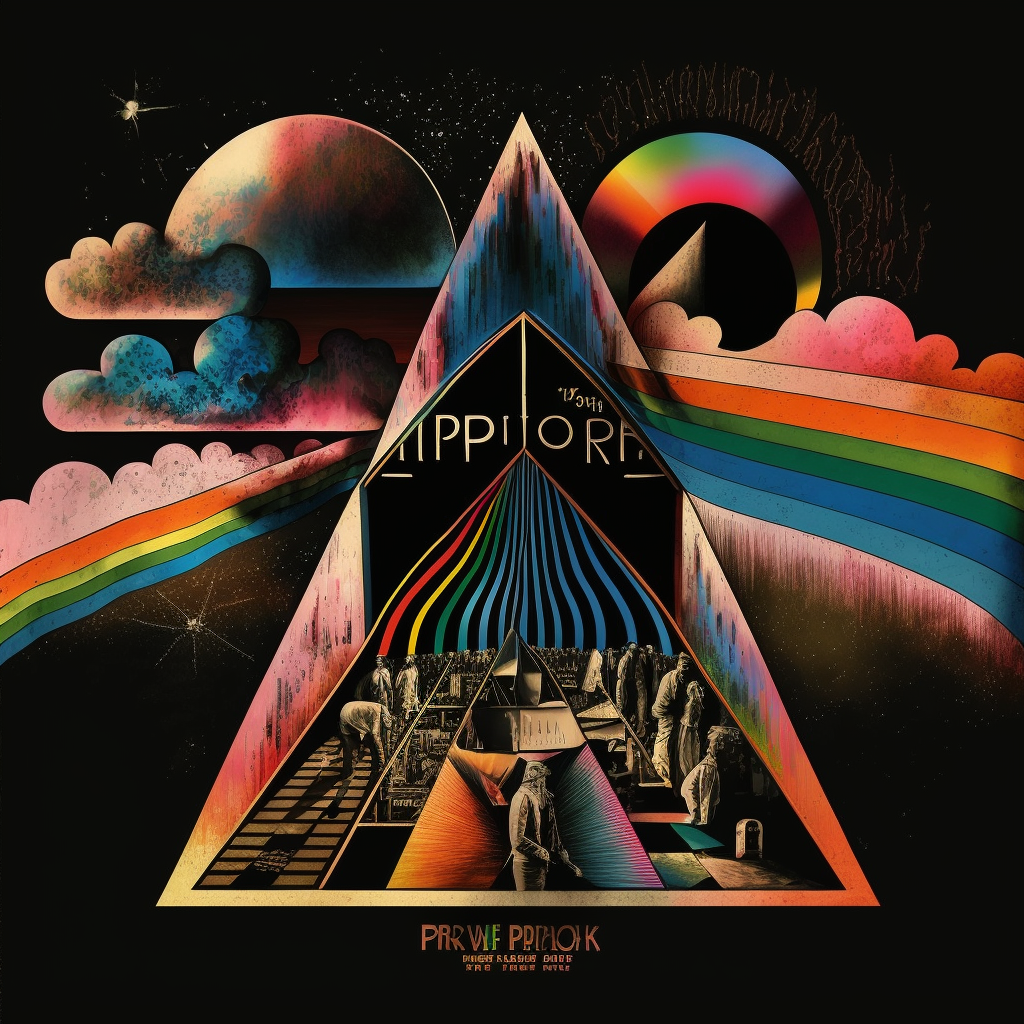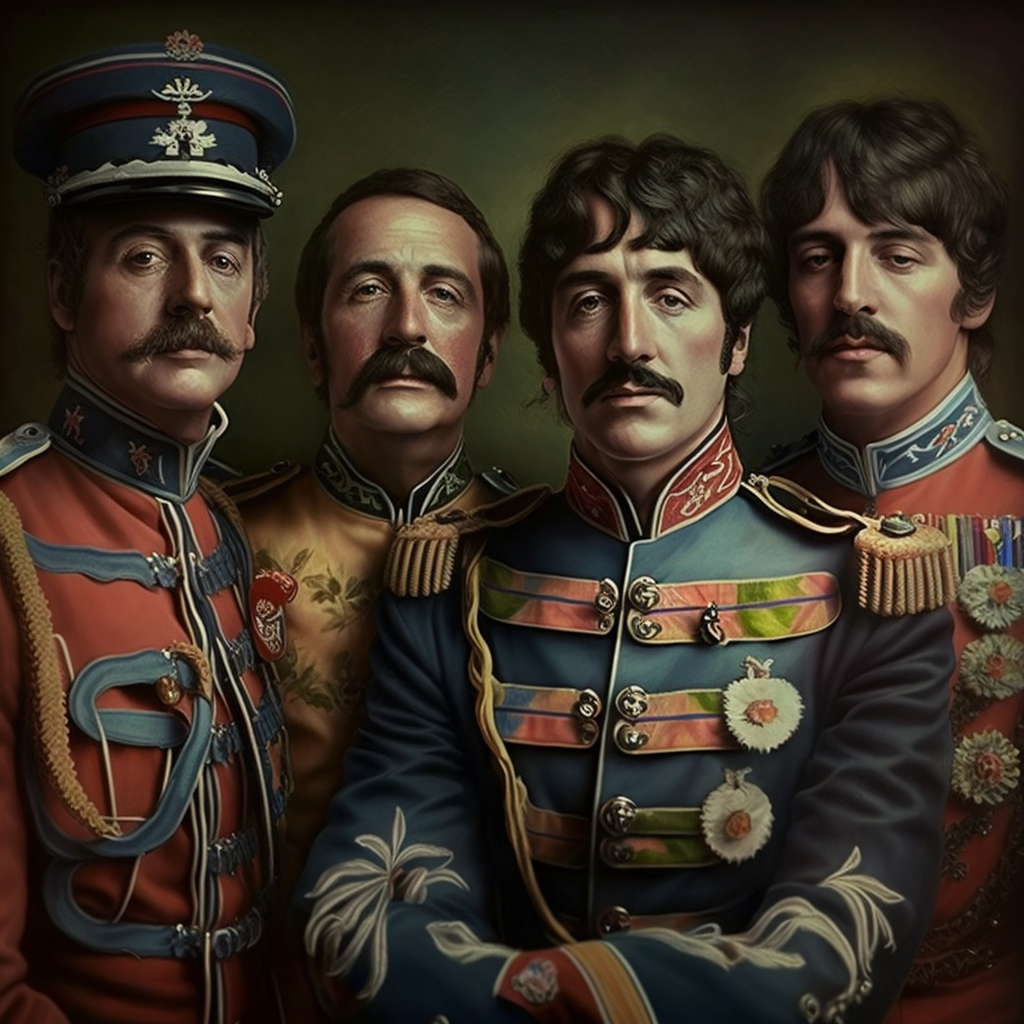
 The Psychedelic Revolution – How LSD Shaped the Sound of Psychedelic Rock
The Psychedelic Revolution – How LSD Shaped the Sound of Psychedelic Rock
Leave a comment
The 1960s was a decade of profound social and cultural upheaval, marked by the rise of the counterculture movement and the widespread experimentation with psychedelic drugs. At the heart of this revolution was the emergence of a new genre of music that would come to define the era: psychedelic rock. Fueled by the mind-altering effects of LSD and other hallucinogens, psychedelic rock artists pushed the boundaries of traditional rock music, creating a sonic landscape that was both transcendent and deeply introspective.
The Origins of Psychedelic Rock
The roots of psychedelic rock can be traced back to the early 1960s, when a growing number of musicians began to experiment with Eastern music and the use of hallucinogenic drugs. Precursors to the genre, such as the Byrds and the Yardbirds, incorporated elements of sitar and raga into their music, hinting at the psychedelic sounds to come. However, it was the pivotal year of 1965 that truly marked the birth of psychedelic rock.
That year, a number of key bands emerged, each with a unique take on the psychedelic sound. The Doors, led by the charismatic and LSD-inspired Jim Morrison, released their self-titled debut album, showcasing a dark and mystical brand of psychedelia. Meanwhile, Pink Floyd, under the visionary leadership of Syd Barrett, unleashed their seminal album “The Piper at the Gates of Dawn,” a kaleidoscopic exploration of the mind and the cosmos. Jimi Hendrix, the virtuosic guitarist, also burst onto the scene, his music a dazzling display of psychedelic virtuosity.
Underlying the rise of these groundbreaking artists was the work of underground chemists and the growing counterculture movement. The widespread availability of LSD, thanks to the efforts of figures like Owsley Stanley and Tim Leary, fueled the creative experimentation of musicians and fans alike. The psychedelic rock scene became a hub for the counterculture, with bands and their audiences embracing the drug-fueled ethos of the era.
The Psychedelic Sound
The music of psychedelic rock was a reflection of the altered states of consciousness induced by LSD and other hallucinogens. Characterized by a rich tapestry of electronic effects, Eastern-influenced instrumentation, and experimental song structures, the psychedelic sound was a departure from the more straightforward rock music of the past.
One of the defining features of psychedelic rock was the use of electronic effects and instrumentation. Bands like Pink Floyd and The Doors incorporated the use of synthesizers, tape loops, and other electronic devices to create a sense of sonic disorientation and otherworldliness. The guitar, often the centerpiece of rock music, was transformed through the use of fuzz, distortion, and feedback, creating a swirling, kaleidoscopic sound.
Lyrical themes in psychedelic rock also reflected the influence of LSD and other hallucinogens. Songwriters delved into metaphysical and spiritual concepts, exploring the nature of consciousness, the cosmos, and the human experience. References to psychedelic drugs and altered states of mind were common, with artists like Roky Erickson of the 13th Floor Elevators crafting lyrics that were deeply personal and introspective.
The incorporation of Eastern musical influences was another hallmark of psychedelic rock. Bands like The Doors and Jimi Hendrix drew inspiration from the modal structures and instrumentation of Indian and Middle Eastern music, creating a sense of mysticism and transcendence in their sound. The use of sitar, tabla, and other non-Western instruments added a layer of exotic and otherworldly elements to the psychedelic rock experience.
Key Psychedelic Rock Artists and Albums
The psychedelic rock movement was defined by a number of iconic artists and albums that have left an indelible mark on the history of music. Among the most influential were The Doors, Pink Floyd, and Jimi Hendrix.
The Doors, led by the charismatic and LSD-fueled Jim Morrison, were at the forefront of the psychedelic rock scene. Their self-titled debut album, released in 1967, was a dark and brooding exploration of the human psyche, with Morrison’s poetic lyrics and the band’s haunting, atmospheric sound creating a sense of mysticism and introspection. Tracks like “The End” and “Light My Fire” showcased the band’s ability to blend rock, jazz, and Eastern influences into a cohesive and captivating whole.
Pink Floyd, under the visionary leadership of Syd Barrett, also made a significant contribution to the psychedelic rock genre. Their 1967 album “The Piper at the Gates of Dawn” was a kaleidoscopic journey through the mind, with Barrett’s otherworldly guitar work and surreal lyrics creating a sense of cosmic wonder and disorientation. The album’s standout tracks, such as “Astronomy Domine” and “Interstellar Overdrive,” demonstrated the band’s ability to craft expansive, mind-bending soundscapes.
Jimi Hendrix, the virtuosic guitarist, was another key figure in the psychedelic rock movement. His debut album, “Are You Experienced,” released in 1967, was a dazzling display of psychedelic virtuosity, with Hendrix’s innovative use of feedback, distortion, and wah-wah pedals creating a sound that was both technically impressive and deeply emotive. Tracks like “Purple Haze” and “Voodoo Child (Slight Return)” showcased Hendrix’s ability to blend rock, blues, and psychedelia into a unique and captivating musical experience.
The Impact of LSD
The widespread use of LSD and other hallucinogens had a profound impact on the creative process of psychedelic rock artists. The altered states of consciousness induced by these drugs allowed musicians to tap into new realms of creativity and self-expression, pushing the boundaries of traditional rock music.
For many psychedelic rock artists, the use of LSD was a means of expanding their consciousness and exploring the depths of the human experience. Jim Morrison, for example, was known to have experimented extensively with the drug, and his lyrics and stage presence were heavily influenced by the mind-altering effects of LSD. Similarly, Syd Barrett of Pink Floyd was deeply immersed in the psychedelic counterculture, and his music reflected the kaleidoscopic visions and introspective explorations that were characteristic of the LSD experience.

Beyond the individual creative process, the widespread use of LSD and other hallucinogens also had a significant impact on the broader social and cultural landscape of the 1960s. The psychedelic rock scene became a hub for the counterculture movement, with bands and their audiences embracing the drug-fueled ethos of the era. The music itself became a reflection of the times, with lyrics and themes that addressed the social and political upheaval of the era, as well as the search for spiritual and metaphysical enlightenment.
The Decline of Psychedelic Rock
Despite the profound impact of LSD and the psychedelic rock movement, the genre’s heyday was relatively short-lived. As the 1960s drew to a close, a backlash against the use of psychedelic drugs and the counterculture movement began to emerge, leading to the criminalization of LSD and other hallucinogens.
The end of the “Summer of Love” and the growing disillusionment with the counterculture movement also contributed to the decline of psychedelic rock. As the optimism and idealism of the 1960s gave way to a more cynical and disillusioned worldview, the psychedelic rock scene began to lose its momentum.
However, the legacy of psychedelic rock and the influence of LSD on the creative process have endured. The music of artists like The Doors, Pink Floyd, and Jimi Hendrix continues to captivate and inspire new generations of listeners, and the psychedelic aesthetic has remained a powerful influence on popular culture.
The Enduring Legacy of LSD and Psychedelic Rock

The story of LSD and psychedelic rock is a testament to the transformative power of the human mind and the creative potential that can be unlocked through the use of psychedelic drugs. The music of the psychedelic rock era was a reflection of the altered states of consciousness induced by LSD, and the artists who embraced this mind-altering experience left an indelible mark on the history of music.
While the heyday of psychedelic rock may have been relatively short-lived, the legacy of this genre continues to resonate with music lovers and cultural historians alike. The psychedelic rock movement was a pivotal moment in the history of popular music, and its influence can still be felt in the work of contemporary artists who continue to push the boundaries of what is possible in the realm of sound and expression.
Categorised in: Psychedelic



